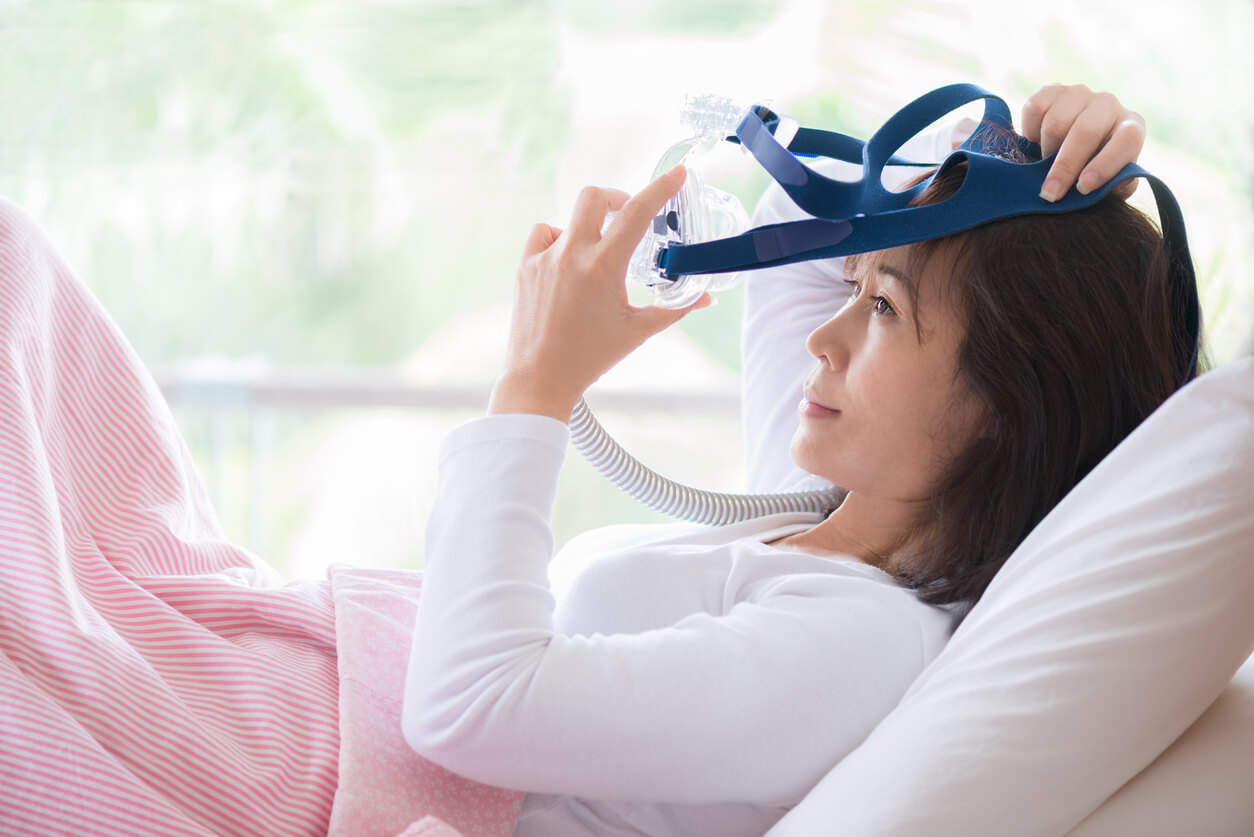Studies Show Weight Loss Drug Tirzepatide Could Help Patients with Sleep Apnea
Editors carefully fact-check all Drugwatch.com content for accuracy and quality.
Drugwatch.com has a stringent fact-checking process. It starts with our strict sourcing guidelines.
We only gather information from credible sources. This includes peer-reviewed medical journals, reputable media outlets, government reports, court records and interviews with qualified experts.

The popular weight loss and Type 2 diabetes medication tirzepatide, known as Zepbound and Mounjaro, may potentially be the first approved pharmaceutical treatment for people with moderate-to-severe obstructive sleep apnea (OSA) by early 2025.
Obstructive sleep apnea, or OSA, is a breathing disorder where the airway completely or partially collapses while a person is sleeping, leading to disrupted sleep and oxygen drops during sleep. These disruptions are called apnea events. Left untreated, OSA increases the risk for serious health problems such as high blood pressure, heart disease and Type 2 diabetes.
Eli Lilly’s SURMOUNT-OSA phase 3 clinical trials lasted about a year and included patients using continuous positive airway pressure (CPAP) or not using CPAP. The studies showed that injections of tirzepatide led to a 63% apnea-hypopnea index reduction or about 30 fewer apnea events per hour. In comparison, patients on placebo reduced their apnea events by about six per hour.
Obesity is a risk factor for sleep apnea, and the drug also showed meaningful weight loss in trial participants. Weight loss was 20.1% for patients taking tizepatide versus 2.3% for patients taking the placebo.
Lilly intends to present more data at the American Diabetes Association’s 84th Scientific Sessions in June 2024. Analysts at Leerink Partners said that the data could lead to a priority review and an early 2025 approval.
In the trials, the most reported side effects were gastrointestinal side effects such as nausea and diarrhea, common in GLP-1 drugs such as Mounajro and Ozempic. While rare, these side effects can be severe and include gastroparesis, or paralyzed stomach, and severe vomiting.
Currently, Lilly and NovoNordisk face Mounjaro and Ozempic lawsuits from patients who say they weren’t properly warned of severe GI risks.
Tirzepatide Could Address ‘Unmet Need’ for OSA Treatment
A new option for OSA treatment could help millions of U.S. patients struggling with uncontrolled symptoms — particularly those with moderate-to-severe disease. Severe disease causes people to stop breathing 30 or more times in one hour while sleeping.
“OSA impacts 80 million adults in the U.S., with more than 20 million living with moderate-to-severe OSA. However, 85% of OSA cases go undiagnosed and therefore untreated,” Dr. Jeff Emmick, senior vice president of product development at Lilly said in a press release. “Addressing this unmet need head-on is critical, and while there are pharmaceutical treatments for the excessive sleepiness associated with OSA, tirzepatide has the potential to be the first pharmaceutical treatment for the underlying disease.”
Currently, the gold standard of treatment for OSA is CPAP therapy. However, not everyone tolerates CPAP machines well, and recent Philips CPAP recalls have made getting a replacement difficult for millions of Americans.
In April 2024, the FDA placed restrictions on the production and sale of new Philips CPAP machines, bi-level positive airway pressure (BiPAP) machines and other devices at several of the company’s facilities in the U.S. until certain requirements are met.
In addition, Philips faces more than 700 CPAP lawsuits consolidated in Pennsylvania federal court because of safety concerns related to millions of recalled devices.
High Demand Increases Tirzepatide Profits and Shortages
High demand for tirzepatide has led to huge profits for Lilly but has made finding the drug difficult for patients.
Tirzepatide’s Type 2 diabetes formulation, Mounjaro, generated about $5.2 billion for Lilly in 2023. While it’s only approved for Type 2 diabetes, doctors prescribe Mounjaro off-label for weight loss. Lilly’s tirzepatide formulation that’s approved for weight loss, Zepbound, generated $175 million in its first quarter on the market.
As of April 17, 2024, Lilly reported that increased demand was still causing tirzepatide injection shortages in the U.S. for higher doses. Mounjaro 2.5 mg and Zepbound 2.5 mg formulations were available, however. Lilly has pumped billions into trying to increase production to deal with shortages.
Some patients have already had to skip doses or go without life-saving treatment because of shortages driven by demand, and a new indication for OSA could potentially make shortages worse.
“The biggest issue I have as someone who is Type 2 diabetic is people taking it just to lose a couple of pounds because it’s a trend, and people who actually need it to live and survive can’t get their hands on it,” said Stephan T., a Type 2 diabetes patient omitting his last name for privacy reasons.
Currently, Lilly expects the shortages to last through the second quarter of 2024, though some analysts have previously predicted they may last into 2025.